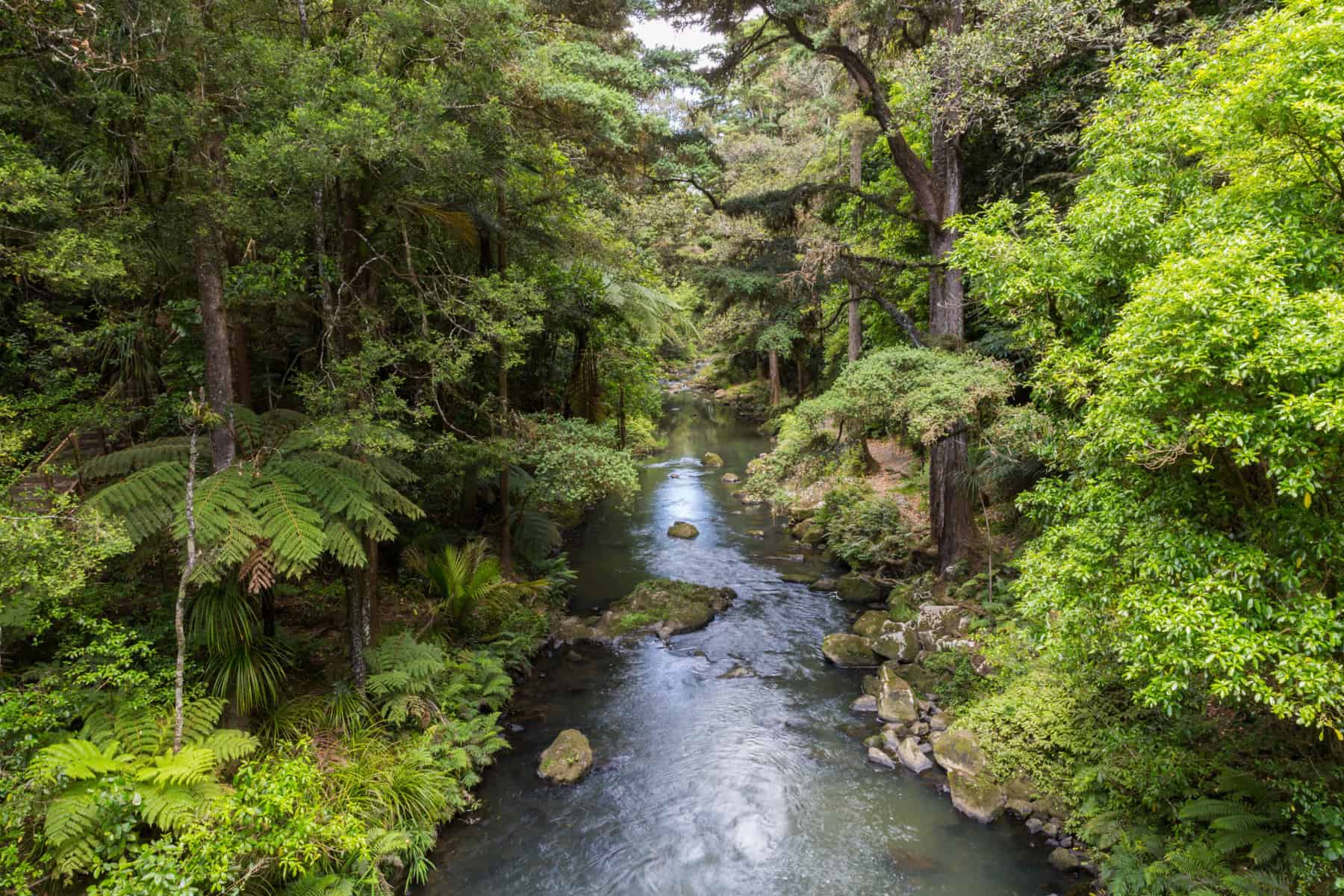Degraded freshwater ecosystems are commonplace in Aotearoa New Zealand, and restoring them has so far proved challenging. The restoration of streams tends to focus on improving water quality and the surrounding habitat, with hopes that the improvement of aquatic biodiversity will naturally follow.
However, what has been found so far is that despite physical improvements, degraded aquatic communities in these streams tend to persist.
These communities are often largely dominated by highly tolerant species such as snails, in particular the New Zealand mud snail (Potamopyrgus antipodarum), which handle the degraded conditions well. This domination can make the recolonization of other species difficult, specifically EPT taxa: Ephemeroptera (mayflies), Plecoptera (stoneflies), and Trichoptera (caddisflies). This results in streams with low biodiversity and poor ecosystem function, with knock-on effects up the food chain for fish and birds.
The Challenge’s Tranche 1 project Rebuilding Healthy Rivers is using freshwater systems as a model to test how degraded ecosystems can be resistant to disruptions, and new research has recently been published.
By using mesocosms as a model of physically healthy streams, it has been found that the presence of persistant degraded invertebrate communities can actually prevent more sensitive species from successfully establishing in the ecosystem.
Of the 12 mesocosms set up in this study, half had degraded invertebrate communities established in them to mimic the commonly seen post-restoration state of freshwater streams. A healthy colonist community was then introduced to all mesocosms. In the mesocosms that were mimicking degraded communities, the colonists were not as successful in establishing as those without degraded communities, suggesting that the presence of degraded community species is contributing to the establishment of desirable taxa.
This suggests that the removal of abiotic stressors is not sufficient for an entire community to recover. Biotic factors such as the depletion of resources by the degraded community may have increased competition, excluding the colonists from establishing successfully.
Further research has found that biotic interactions need to be considered when it comes to stream restoration. Desirable species such as mayflies, lack the protective casing characteristic of animals in degraded communities such as snails, increasing the risk that desirable species are predated on. As such, desirable species are less likely to have successful colonisation into degraded communities, even when the physical and chemical characteristics of a stream have been restored.
This work has suggested that there are some steps which could be taken to overcome biotic resistance. Destabilising degraded communities may help desirable colonists to establish, as could encouraging a large amount of desired species to join an ecosystem at once. Also, encouraging predator species to enter the system last will allow colonists a chance to establish.
The restoration of freshwater ecosystems relies on the factors contributing to persistent degraded communities being taken on board, and understanding the role that both biotic and abiotic factors play in this is an important first step.
